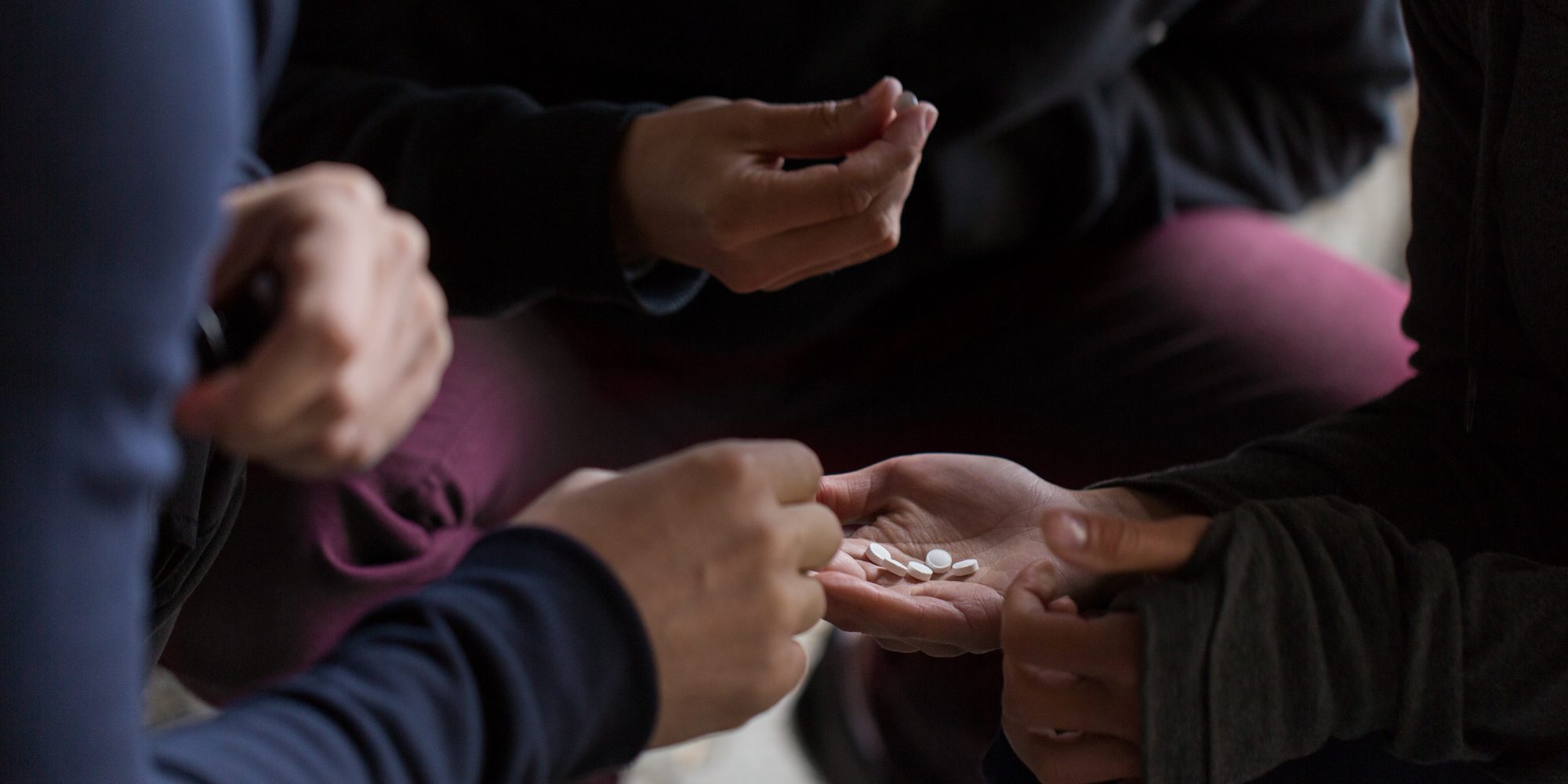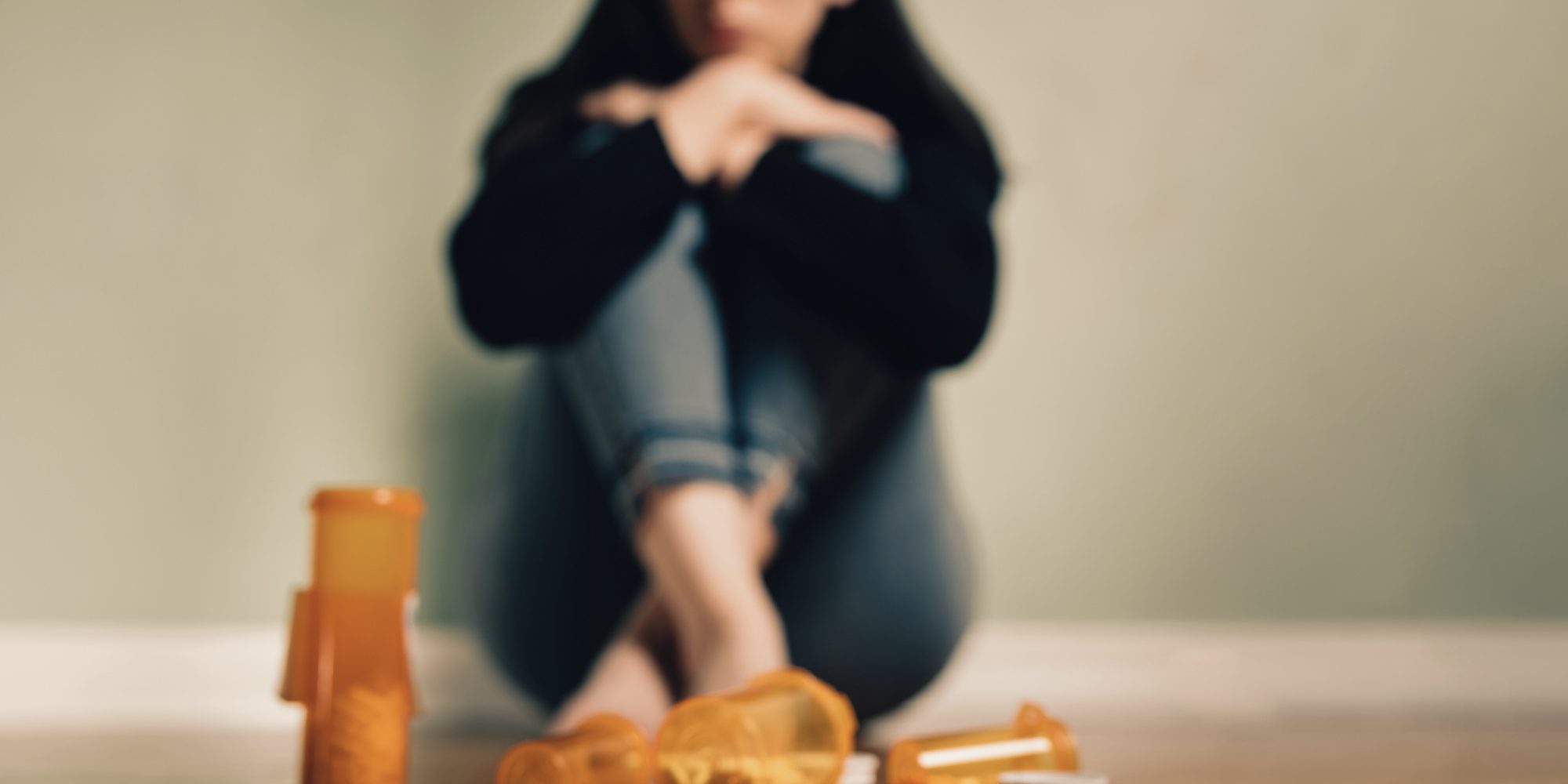What Is Poly Drug Abuse?

When talking about substance abuse, most people think of someone becoming addicted to a single drug, but that’s often not the case. Typically, there are multiple substances being used, and multiple dependencies feeding into one another. Below, we’ll answer the question:. What is “poly drug abuse”? We’ll also show you how you can find hope and healing at Serenity Light.
What is Poly Drug Abuse?
Poly drug abuse means using multiple substances simultaneously, which leads to heightened risks and unpredictable effects on the body and mind. This type of substance abuse may involve mixing alcohol, opioids, stimulants, benzodiazepines, hallucinogens, or other substances.

The Dangers of Mixing Drugs
Mixing drugs, whether prescription medications, recreational substances, or alcohol, creates a dangerous cocktail with potentially severe consequences. The interaction between different substances can intensify their effects, leading to heightened risks such as respiratory depression, cardiovascular complications, seizures, and even death. Mixing substances can also impair judgment and increase the likelihood of engaging in risky behaviors, including driving under the influence or unprotected sex.
Who’s Most Susceptible to Abusing More Than One Drug at a Time?
Houston addiction treatment programs routinely work with clients who abuse multiple substances. Alcohol and opiate poly drug abuse are the most common ones. People who use with peers are the most likely to engage in the practice. When substance abuse becomes communal, passing around bottles along with pills isn’t uncommon.
Another group that’s more likely to abuse multiple drugs consists of long-time users. You might no longer succeed in deriving a high from a regular dose. That’s why you augment it with other mind-altering substances. It’s a clear sign of danger.
What Are Examples of Poly Drug Abuse?
Many different types of drugs are used together in poly drug abuse. For example, “purple drank” is the combination of codeine and antihistamine—and it’s extremely dangerous. Many people add soda as well as alcohol to the drink to boost its potency.
Alcohol is often mixed with other substances. For example, people coming off a cocaine binge will drink copious amounts of alcohol to lessen the side effects. However, this combination creates cocaethylene, which is yet another drug.
Young adults often combine opioid pain pills and alcohol. The alcohol boosts the sedative effect of the opioid. Many like the sensation of floating in and out of consciousness. Few understand that multi-drug use can be dangerous if not fatal.
Treatment for Multiple Dependencies
There’s no case so bad that a good-quality rehab center with a full continuum of care couldn’t address it. You start with detoxification. When dealing with opiate poly drug abuse, therapists help you stagger your withdrawal. Within a week to ten days, you overcome the physiological addiction.
Next, you work through residential rehab. What is poly drug abuse but a sign that you need to immerse yourself in a therapeutic setting? Addiction specialists put together a care protocol that suits your needs. Treatments include:
- Trauma treatment through EMDR therapy program for overcoming certain types of triggers
- Family counseling, which assists with codependency issues, communication problems, and role disparities
- Cognitive behavioral therapy as a way to overcome dysfunctional patterns with healthy trigger responses
- Yoga therapy program as a method for relaxation and grounding opportunities
- Participation in an aftercare program to shore up a relapse prevention plan
Due to the unique needs that someone with stimulant, alcohol, or opiate poly drug use experiences, residential care is necessary. You heal at your own pace. Program participants may stay 30, 60, or 90 days at the facility.
After that, they frequently step down to an intensive outpatient treatment program. It eases you into the transition home. From there, you commit to participating in the aftercare program.
Take the First Step Toward Recovery with Serenity Light Recovery
So, what is poly drug abuse? When you work with Serenity Light Recovery at 855.658.6109, it’s your opportunity to heal. Every addiction is different. We know that each client needs treatment that works best for them. There is no one-size-fits-all cure for addiction. We want to make sure you can continue to live your life drug-free once you leave our doors. Get the help you need today.
Start today. Find serenity in the Chaos.
Frequently Asked Questions (FAQs) About Poly Drug Abuse
What is an example of a poly drug?
An example of a poly drug is combining opioids like heroin or prescription painkillers with benzodiazepines such as Xanax or Valium. This combination can potentiate the effects of each drug and increase the risk of overdose.
What are examples of polysubstance use?
Polysubstance use refers to the concurrent use of multiple substances. Examples include:
- Drinking alcohol while using cocaine
- Smoking marijuana while taking prescription opioids
- Combining ecstasy (MDMA) with hallucinogens like LSD
- Mixing stimulants such as methamphetamine with sedatives like benzodiazepines
Why do people engage in poly drug abuse?
People may combine drugs to enhance or alter the effects of one or more substances, to mitigate the negative effects of certain drugs, or to experiment with different combinations.
People may engage in polydrug abuse to intensify or alter the effects of one substance, to counteract undesirable effects of another, or to experiment with different combinations. Some people engage in mixing drugs because they’re seeking a specific desired effect or high that cannot be achieved with a single drug. Additionally, some individuals may engage in polydrug abuse due to peer pressure, curiosity, self-medication of underlying mental health issues, or to cope with stress or trauma.
Which drugs are commonly involved in poly drug abuse?
Alcohol, prescription medications (such as opioids, benzodiazepines, and stimulants), marijuana, cocaine, MDMA (ecstasy), and hallucinogens are all commonly involved in poly drug abuse. Xanax (alprazolam) is a prescription medication classified as a benzodiazepine, and it’s commonly used to treat anxiety and panic disorders. If you have a Xanax addiction and are combining Xanax with other substances, you may want to seek treatment for poly drug abuse.
How can poly drug abuse be identified?
Signs of poly drug abuse may include changes in behavior, mood swings, physical symptoms like dilated pupils or bloodshot eyes, and neglect of responsibilities. Drug paraphernalia and evidence of drug use may also be present.
What are the consequences of poly drug abuse?
Consequences can range from short-term effects like impaired judgment and memory loss to long-term health issues such as addiction, organ damage, and mental health disorders. Overdose is a significant risk, especially when combining drugs with different mechanisms of action.
How can poly drug abuse be treated?
Treatment typically involves a combination of medical detoxification, therapy (individual and group), support groups, and medication-assisted treatment (when applicable). Treatment plans should be tailored to the individual’s specific needs and circumstances.
What can I do if I suspect someone is engaging in poly drug abuse?
Express your concerns in a caring and nonjudgmental manner, encourage them to seek professional help, and offer your support throughout their recovery journey. Encouraging open communication and providing resources for treatment can be helpful.
Is poly drug abuse more dangerous than using a single drug?
Poly drug abuse can be more dangerous due to increased risk of overdose, unpredictable interactions between drugs, and compounded negative effects on physical and mental health. Mixing drugs can also make it more difficult to detect and treat overdose symptoms.
How can poly drug abuse be prevented?
Preventing poly drug abuse may involve strategies such as education about the risks of drug use, promoting healthy coping mechanisms and stress management techniques, fostering strong support networks, and addressing underlying mental health issues. Encouraging responsible drug use and avoiding peer pressure are also important factors in prevention efforts.




